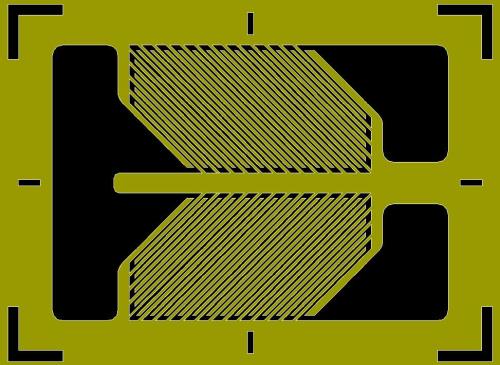What is the principle of strain gauge?
2024-03-15
Strain Gauges is a sensor used to measure the strain generated when an object is stressed. Strain gauges are widely used in fields such as material mechanics, structural analysis, and pressure sensors. They have the characteristics of high precision, high sensitivity, and good stability. Common strain gauges include: resistance strain gauges, pressure strain gauges, fiber optic strain gauges, capacitive strain gauges, etc. The principle of Strain Gauge can be understood as the relationship between elastic deformation and resistance change. When an object is acted upon by an external force, the object will undergo elastic deformation, that is, the deformation will change with the action of the external force. At the same time, the resistor sheet is affected by deformation, and the resistance value will also change accordingly. This change can be measured and processed by accessing a circuit and connecting it to an electrical signal acquisition device to obtain the magnitude and nature of the force on the object. 
Its working principle also involves some physical principles, such as Hooke's law and strain-stress relationship. According to Hooke's law, the deformation of an elastic body is proportional to the force exerted on it. This relationship can be realized using strain gauges. The strain-stress relationship describes the relationship between the internal strain of an object and external forces. Strain gauges can indirectly obtain the stress on an object by measuring the strain value. The working principle of a strain gauge can be simply summarized as follows: when an external force acts on an object, the object will deform, causing the resistance value of the strain gauge to change; by measuring the change in resistance value, the magnitude and direction of the force on the object can be indirectly obtained. The application of this principle can be widely used in materials engineering, civil engineering, mechanical engineering and other fields, providing important data support for mechanical property research and structural design.



